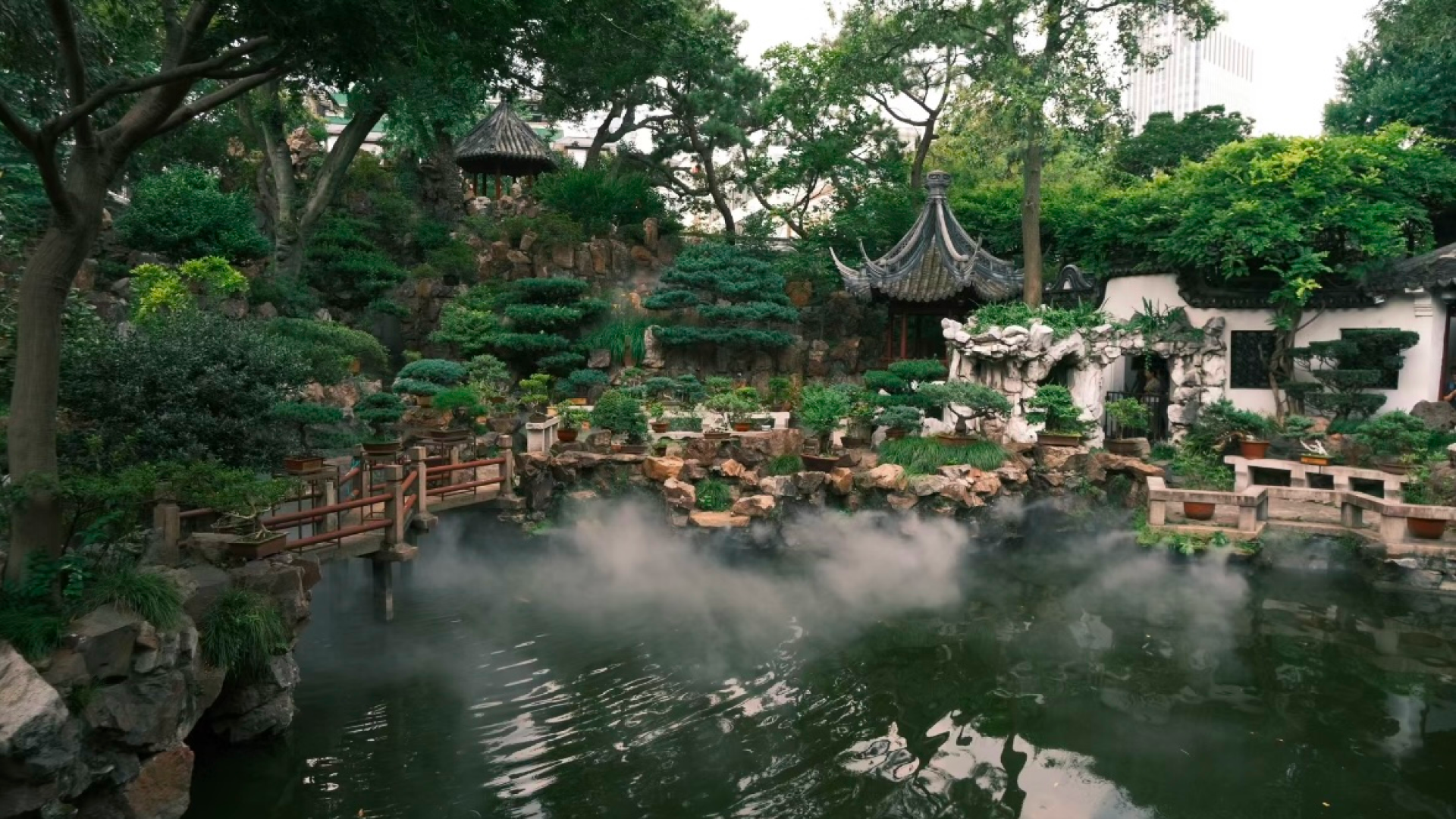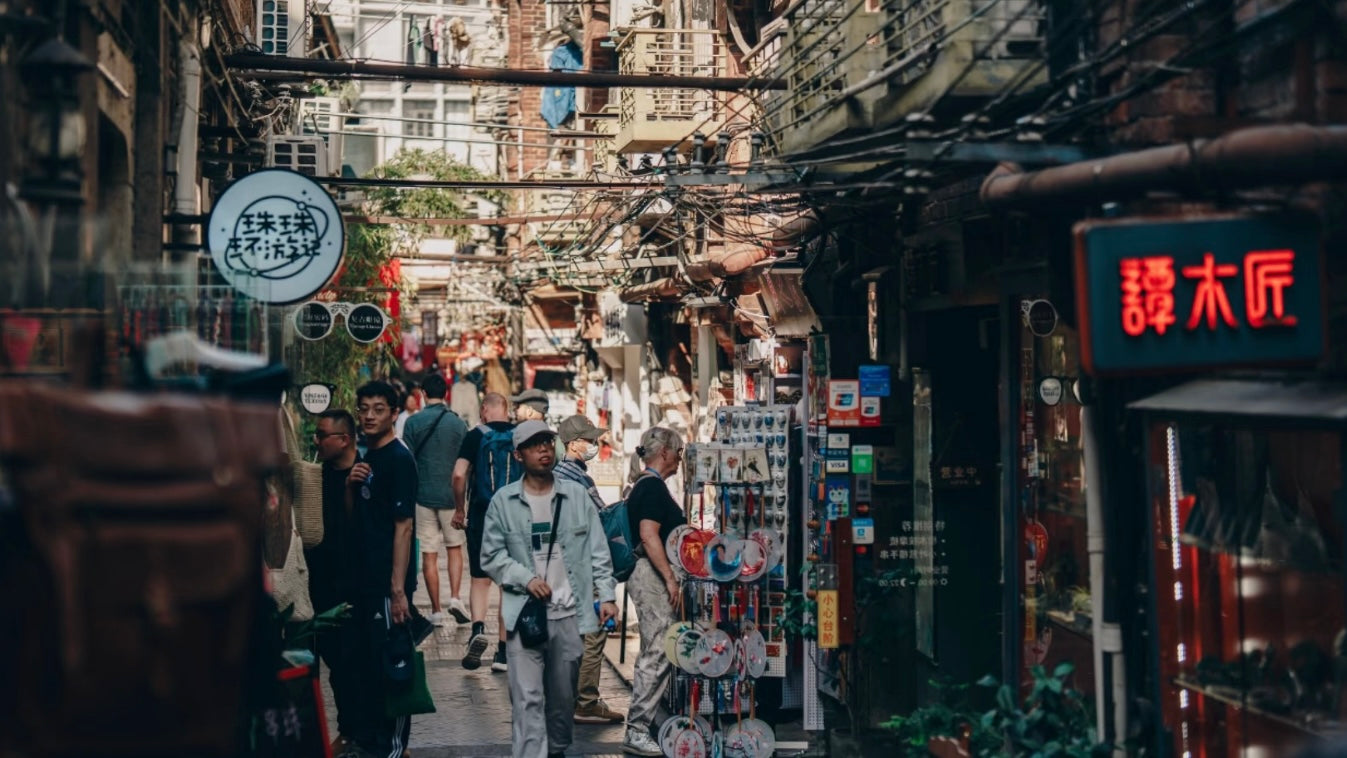Hidden in Shanghai’s French Concession, the Korean Provisional Government Site (大韩民国临时政府旧址, 대한민국 임시정부 유적지) is one of the most important historical sites in Shanghai. Once the headquarters of Korea’s independence movement, this unassuming lane house played a crucial role in East Asia’s WWII history. This was the nerve center of Korea’s independence movement during the Japanese occupation, where Korean patriots, revolutionaries, and exiled leaders gathered to plan their resistance against colonial rule.

But beyond the history of Korea’s independence struggle, this site also tells a larger story of Chinese-Korean solidarity, a shared resistance against imperialism, and the friendships forged in wartime hardship. For history lovers and those fascinated by Shanghai’s wartime past, this Korean independence site offers an unforgettable glimpse into a shared struggle for freedom.
1. Exploring Shanghai’s Korean Provisional Government Site
Where is the Korean Provisional Government Site?
No. 306, Madang Road, Huangpu District (黄浦区马当路306弄)
Located in Shanghai’s Former French Concession, this historical site is just a short walk from Xintiandi (新天地), where modern Shanghai meets the echoes of its colonial past. Unlike grand memorials or towering monuments, the Korean Provisional Government site is unassuming—a simple, three-story lane house, yet one that shaped the destiny of a nation.

Bridge to Locals Tips:
Visit in the morning or late afternoon for a quieter experience—weekends tend to attract Korean tourists on pilgrimage visits.
2. The History of Korea’s Provisional Government in Shanghai
The Korean Provisional Government Site in Shanghai is more than a museum—it’s a testament to resilience, diplomacy, and the fight for independence. Here’s a look at its historical significance.
The Birth of Korea’s Government in Exile (1919-1945)
In 1910, Japan formally annexed Korea, sparking a decades-long fight for independence. After the March 1st Movement (삼일운동, 三一运动) in 1919, where thousands of Koreans protested Japanese rule, independence leaders fled to Shanghai, then an international city beyond Japanese full control.
Here, they established The Provisional Government of the Republic of Korea (大韩民国临时政府, 대한민국 임시정부)—the first democratic government of Korea in exile, led by Kim Gu (김구, 金九), one of Korea’s most revered independence leaders.
Chinese-Korean Friendship During the Anti-Japanese War
Korean independence fighters found a safe haven and allies in China. The Kuomintang (国民党) and later the Communist Party of China (中国共产党) provided support, weapons, and military training.
Even today, this historical alliance remains a cornerstone of China-Korea relations, remembered in museums, textbooks, and diplomatic ties.

3. Must-See Highlights at the Provisional Government Site
Inside the Korean Provisional Government Site, visitors can explore original wartime artifacts, secret radio rooms, and Kim Gu’s office, where critical decisions for the Korean independence movement were made. Here are the top highlights you shouldn’t miss.
The Office of Kim Gu: The Heart of the Movement (김구 선생 집무실)
As you step through the modest wooden doors, imagine the Korean exiles, spies, and freedom fighters who once walked these halls, dodging Japanese intelligence agents in the streets of Shanghai.
- A bronze plaque marks this as an official cultural heritage site.
- The Korean and Chinese flags stand side by side, symbolizing the deep bonds of resistance.
Kim Gu, known as the "Father of Korean Independence", led the government from this very room.

Secret Press Room: The Fight for Free Speech
The museum holds rare original documents from the Korean Provisional Government, including:
- Handwritten letters from freedom fighters sent between Shanghai and Seoul.
- Old passports, military orders, and diplomatic records.
- Propaganda leaflets smuggled into Korea, urging resistance against Japanese rule during WWII.
Propaganda, Documents & Revolutionary Strategy
One of the most thrilling exhibits is the small underground press room, where Korean activists printed secret anti-Japanese newspapers and transmitted radio messages back to occupied Korea.
- The original printing machine used to distribute revolutionary pamphlets is still on display.
- A recording of wartime radio broadcasts plays in the background, transporting visitors to a time when every word was an act of defiance.
4. Taboos & Etiquette: What NOT to Do at the Site
To show respect at the Korean Provisional Government Site, visitors should follow these essential etiquette tips.
🚫 No Loud Talking or Jokes – This site holds deep historical significance for Koreans. Keep conversations respectful.
🚫 No Photography Inside – Photography is strictly prohibited inside the museum, though you may take pictures of the exterior.
5. Practical Tips for Your Visit
Planning a trip to the Korean Provisional Government Site in Shanghai? Here’s everything you need to know.
Best Time to Visit & How to Avoid Crowds
Visit early morning or late afternoon for a quieter, more immersive experience. Avoid weekends, when Korean tour groups often visit.
Entrance Fees & Booking Information
After absorbing history, why not experience the flavors of Korea in Shanghai?
- Korean BBQ at “Gaon” (가온) – Authentic bulgogi (불고기) and bibimbap (비빔밥).
- Korean Fried Chicken at “Jisoo” (지수 치킨) – A perfect mix of crispy, spicy, and sweet flavors.
- Soju & Makgeolli Bar “Seoul Nights” (서울의 밤) – A local hangout with a variety of traditional Korean drinks.
FAQ
1. Where is the Korean Provisional Government Site in Shanghai?
It is located at No. 306, Madang Road, Huangpu District, near Xintiandi in Shanghai’s French Concession.
2. What is the entrance fee for the Korean Provisional Government Site?
The ticket price is ¥20 per person.
Why Visit the Korean Provisional Government Site with Bridge to Locals?
At this powerful historic site in Shanghai, you won’t just learn about Korean independence—you’ll feel it come alive through voices that carry its legacy. With Bridge to Locals, history becomes personal, emotional, and unforgettable.
✨ See Through a Bilingual Lens – Walk alongside a South Korean local raised in China who deeply understands the shared struggles, language, and layered identity behind this historic bond.
✨ Taste the Story’s Continuation – Wrap up your visit with a walk through nearby Korean eateries, where dishes like spicy kimchi and sizzling hotpot offer a flavorful link to the past.
This isn’t just about old buildings and political milestones—it’s a living story of courage, culture, and cross-border unity that still resonates in the heart of Shanghai today.
Ready to experience history through local stories and flavors?
Let Bridge to Locals connect you with people who bring the past to life. Book your immersive Korean-Chinese history tour in Shanghai today, and walk away with stories that stay with you.








Leave a comment
This site is protected by hCaptcha and the hCaptcha Privacy Policy and Terms of Service apply.